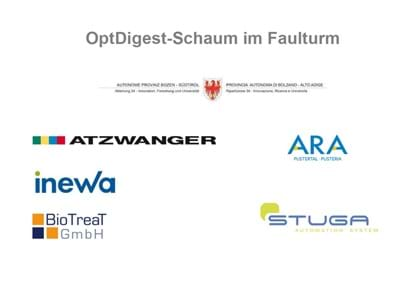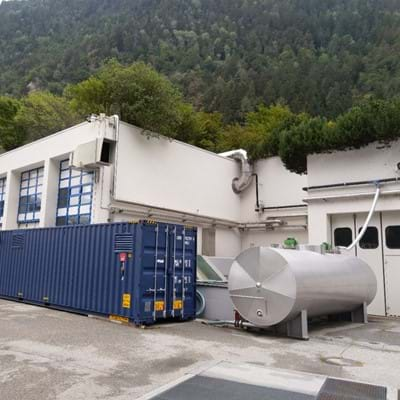Foam in digesters
Due to the necessary conversion of the energy supply to renewable energy sources and the current shortage of natural gas, biogas production is becoming increasingly important. Sewage treatment plants are present throughout South Tyrol and have a considerable potential for the production of renewable energy in the form of biogas, they can therefore make an interesting contribution to the climate plan. The anaerobic process for the production of biogas from sewage sludge is well known and technically established, but can and must be optimized in some aspects. One of them is the formation of foam in digesters. This phenomenon is well known in the literature and causes problems for process engineering and plant maintenance. In the industrial research project "OptDigest", several companies in this field are collaborating to study this phenomenon and propose effective strategies to reduce foam in the fermentation process. As part of the project, the technical know-how of Atzwanger AG engineers was made available for the construction of a pilot plant for the pre-treatment of sewage sludge in order to minimize foaming. After initial laboratory tests, the pilot plant was installed at the Unteres Pustertal wastewater treatment plant.

